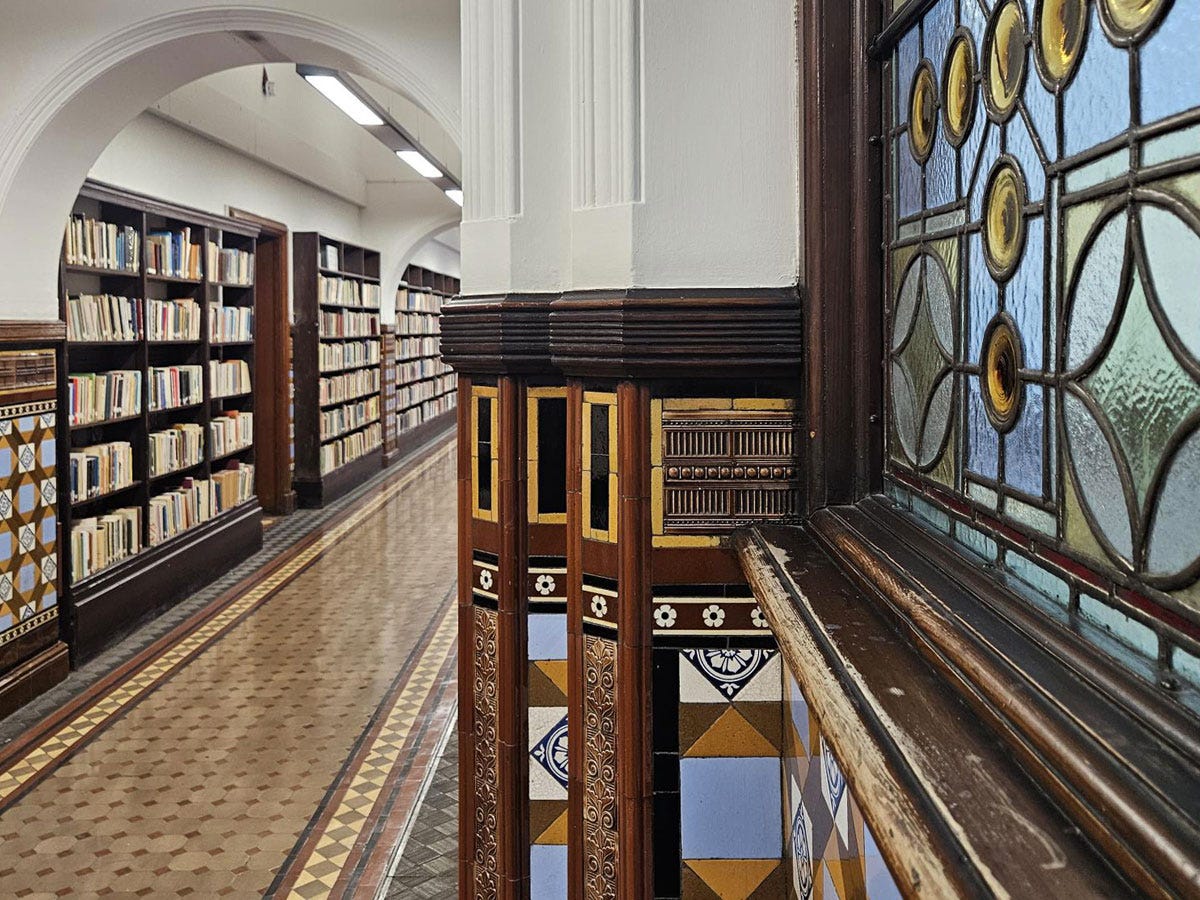History writing, history, and writing #1
Books and archives, champagne, mythology, and the transmission of ideas.
This is an experiment. I'm trialling an additional variation of this newsletter over the next few months. I'll leave it up to you (based on how many of you open the email, click the heart button, leave a comment, share it, etc) whether I make this a permanent thing or not.
This is the first of three test editions. Below you will find links to some interesting history-related articles I’ve read (and watched) recently, a photo from a history-related visit, and an item about the history/practise of writing.
I hope you enjoy it!
History writing
How far would you go to protect the history you were employed to care for? During the Siege of Leningrad in the early 1940s, botanists at the world’s first seed bank found out.
I love the concept of this study highlighting the (shadows of) fingertips often spotted in the corner of digitised books on the Early English Books Online resource, the women they belong to, and the massive World War Two project behind it all.
In a strange way (which I can’t quite explain) the phenomenon reminds me of the hole-punched photos from the US Farm Security Administration’s archive.
Did you know that three of the most recognisable champagne brands experienced their greatest innovations and growth under three French widows in the 19th and 20th centuries?! (The ‘veuve’ in Veuve Clicquot means ‘widow’!)
Pair with my previous post about how the ‘champagne method’ was used by English cider makers before it was invented in the wineries of France.
A David Attenborough-fronted natural history documentary series, but make it cryptozoology, myth, and legend.
History
In the 19th Century, emerald green-coloured cloth and paper were often created with dye containing arsenic. Researchers from the University of Delaware’s Poison Book Project produced a handy colour swatch bookmark to help libraries around the world spot the potential dangers in their collections. On a recent visit to the Leeds Central Library, I got to see its copy of the too-dangerous-to-touch-with-your-bare-hands ‘My Own Garden: The Young Gardener’s Yearbook’, published in 1855.
Some more photos from my visit:
Writing
Spend 40 minutes learning about the history of the notebook (Spotify | Apple) – how it’s shaped communication and the transmission of ideas and art – in this podcast with Roland Allen, author of ‘The Notebook: A History of Thinking on Paper’.













Now I’m worried for those of us who study Irish history and language using old texts which are often presented in green covers!
Enjoyably eclectic.